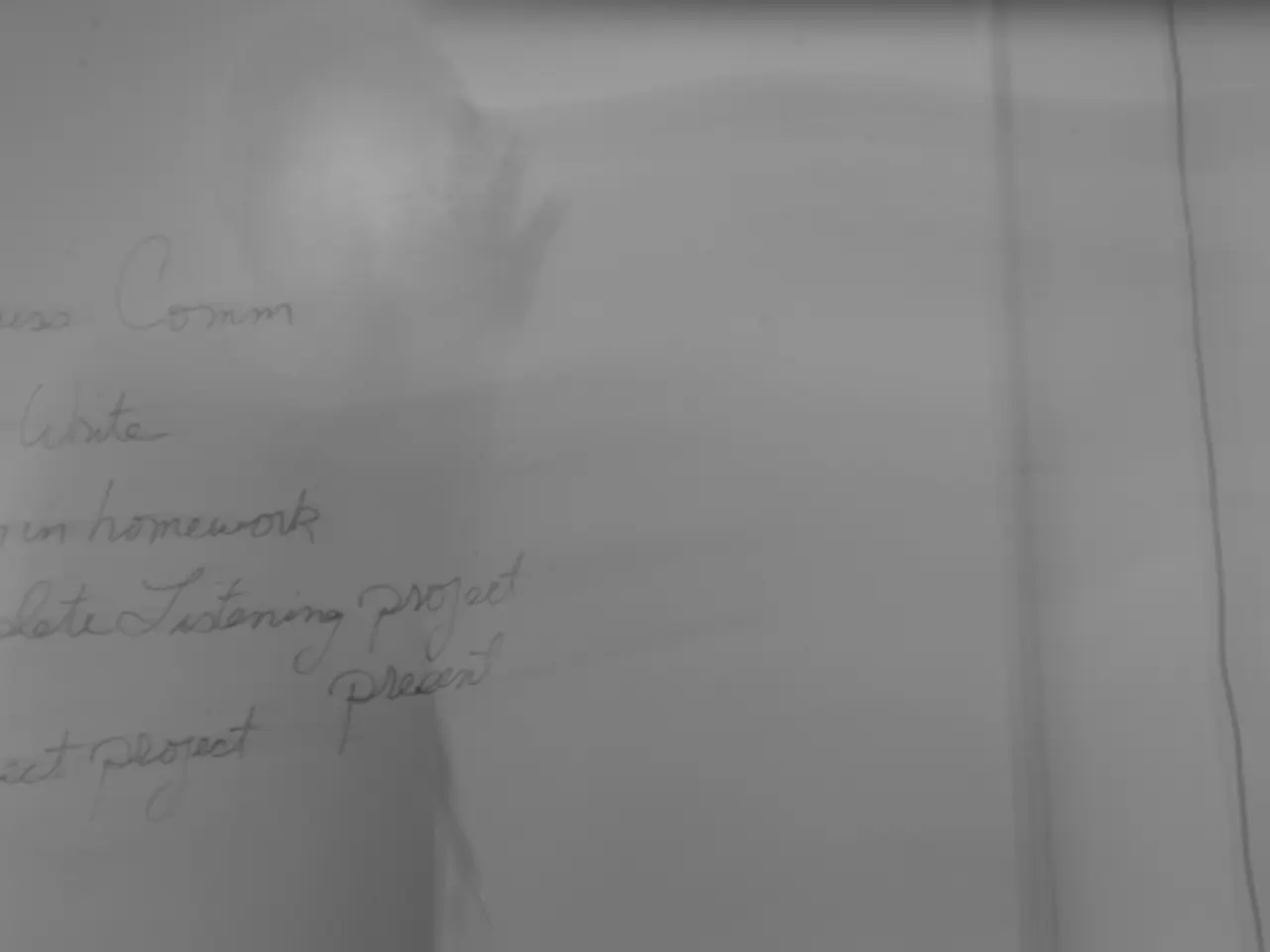Patent Claims Explained: A Detailed Guide for Legal Transparency
===============================================================
In the world of inventions, patent claims play a crucial role in safeguarding new ideas and creations. These claims outline the specific aspects of an invention that the patent holder asserts as unique and protectable, serving as the foundation for defining the scope of protection sought by the inventor.
The structure of patent claims is designed to clearly delineate the scope and content of the invention being protected. The preamble, transitional phrase, and body are key components of this structure. The preamble, as an introductory statement, provides context for the claim itself, while the transitional phrase serves as a critical connector between the preamble and the body of the claim. The body outlines the specific features or elements of the invention that distinguish it from prior art, thereby establishing the technical aspects that warrant legal protection.
However, understanding patent claims can be a complex task. Mistakes such as ambiguous or vague language, inconsistent terminology, failing to cover all aspects of the invention, excessive technical density leading to poor readability, and use of industry-specific terms without clear definitions can lead to misinterpretations, which might result in unintended violations of existing patents.
To avoid these pitfalls, it is essential to use clear, unambiguous, and consistent terminology throughout the patent claims and description. Drafting claims that comprehensively cover all critical features and variations of the invention, such as composition, process, and application aspects, is also crucial. Balancing technical precision with readability is key, so that claims are understandable not only to experts but also patent examiners and judges, reducing the risk of narrow interpretations. Defining or avoiding over-reliance on industry-specific jargon in claims and descriptions is also important to prevent disputes about meaning during patent enforcement.
Ensuring the patent specification meets enablement and written description requirements is another important aspect. This means describing the invention in enough detail to demonstrate possession and to allow someone skilled in the art to make and use the invention without undue experimentation, especially important for broad or functional claims in complex fields.
In practice, conducting a readability audit, having someone unfamiliar with the detailed drafting explain claims in plain language, and working with patent professionals to carefully draft and review claims can help avoid these pitfalls.
Understanding patent claims is not just crucial for inventors, but also for businesses and legal professionals involved in intellectual property. A thorough comprehension of patent claims enables stakeholders to determine the extent of rights conferred by a patent, thereby helping to avoid potential infringements and ensuring a fair and competitive marketplace. Moreover, understanding these types of patent claims is essential for comprehending the scope and limitations of a patent, which is pivotal in delineating the boundaries of patent protection for an invention.
- In complex fields like science, medical-conditions, and health-and-wellness, broad or functional claims in patent specifications must be described in enough detail to enable someone skilled in the art to make and use the invention without undue experimentation, ensuring legal protection is not misinterpreted or affected by ambiguity.
- When it comes to fitness-and-exercise inventions, employing clear, unambiguous, and consistent terminology throughout patent claims and descriptions is essential to prevent disputes about meaning during patent enforcement, ensuring that all critical features and variations of the invention are duly covered for effective legal protection.
- Legal professionals, businesses, and even inventors in the realm of intellectual property, need a thorough understanding of patent claims and their specific wording, as this knowledge serves to prevent potential infringements, ensure a fair and competitive marketplace, and delineate the boundaries of patent protection, covering crucial aspects such as intellectual property, science, medical-conditions, health-and-wellness, and fitness-and-exercise.




